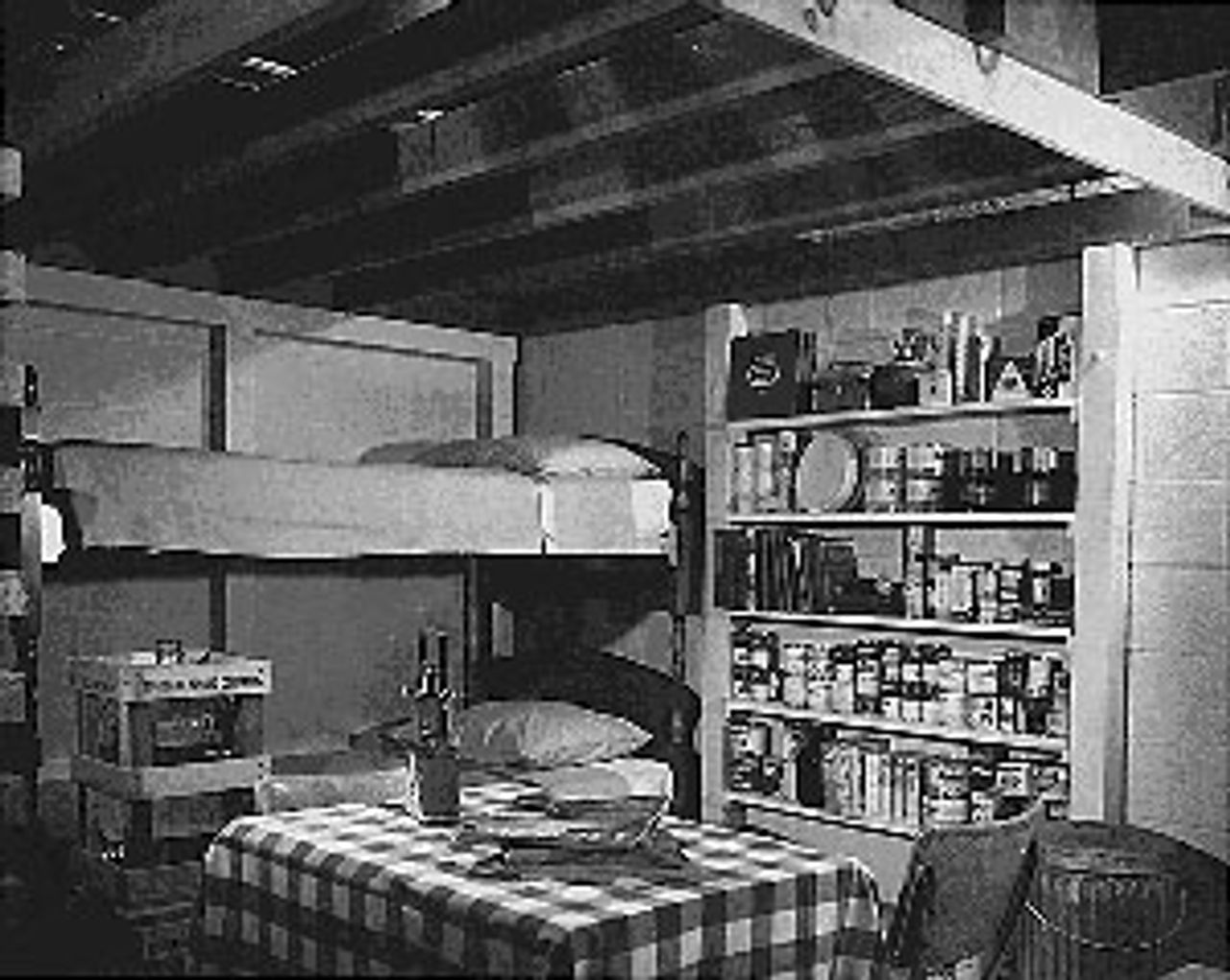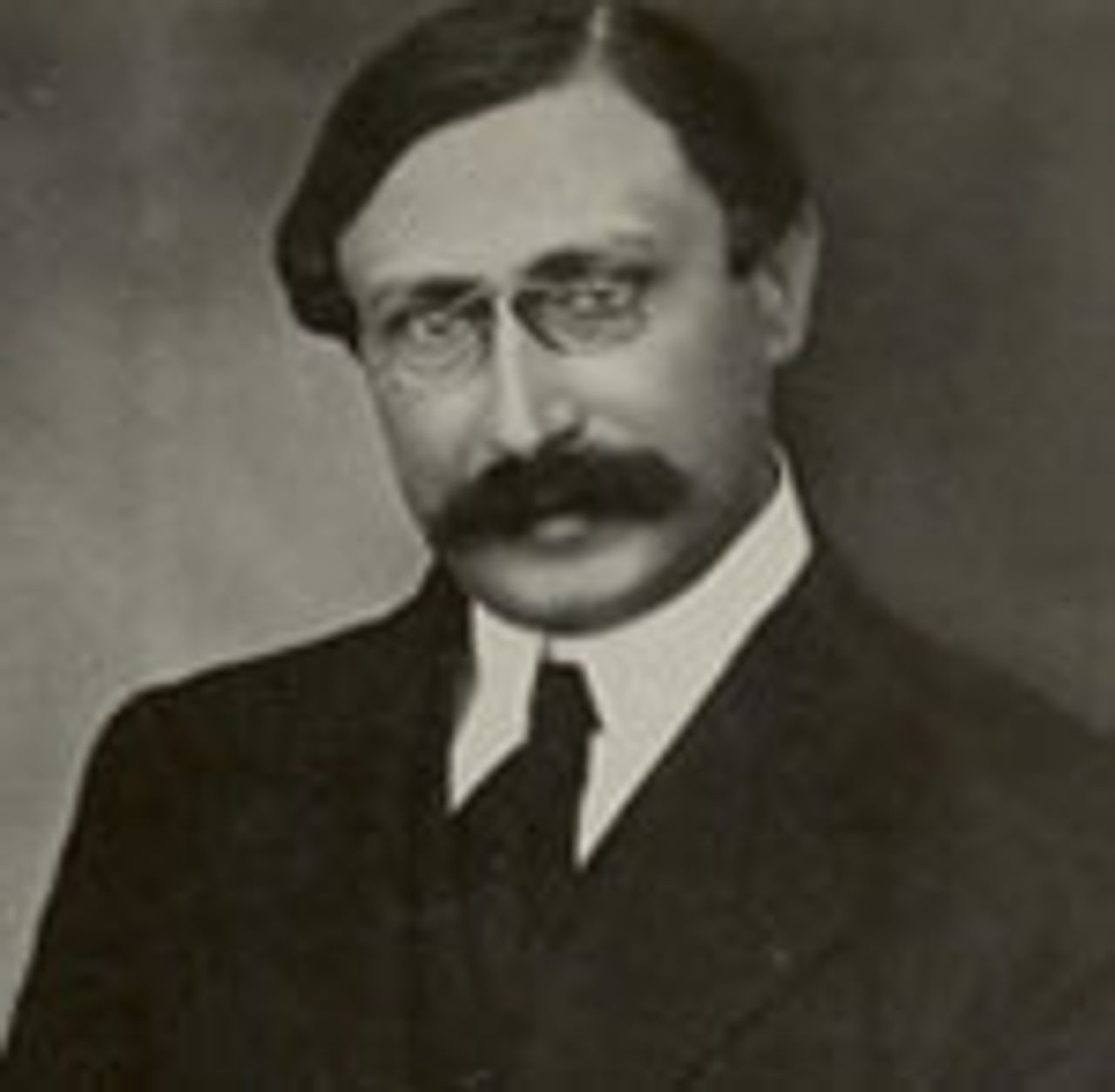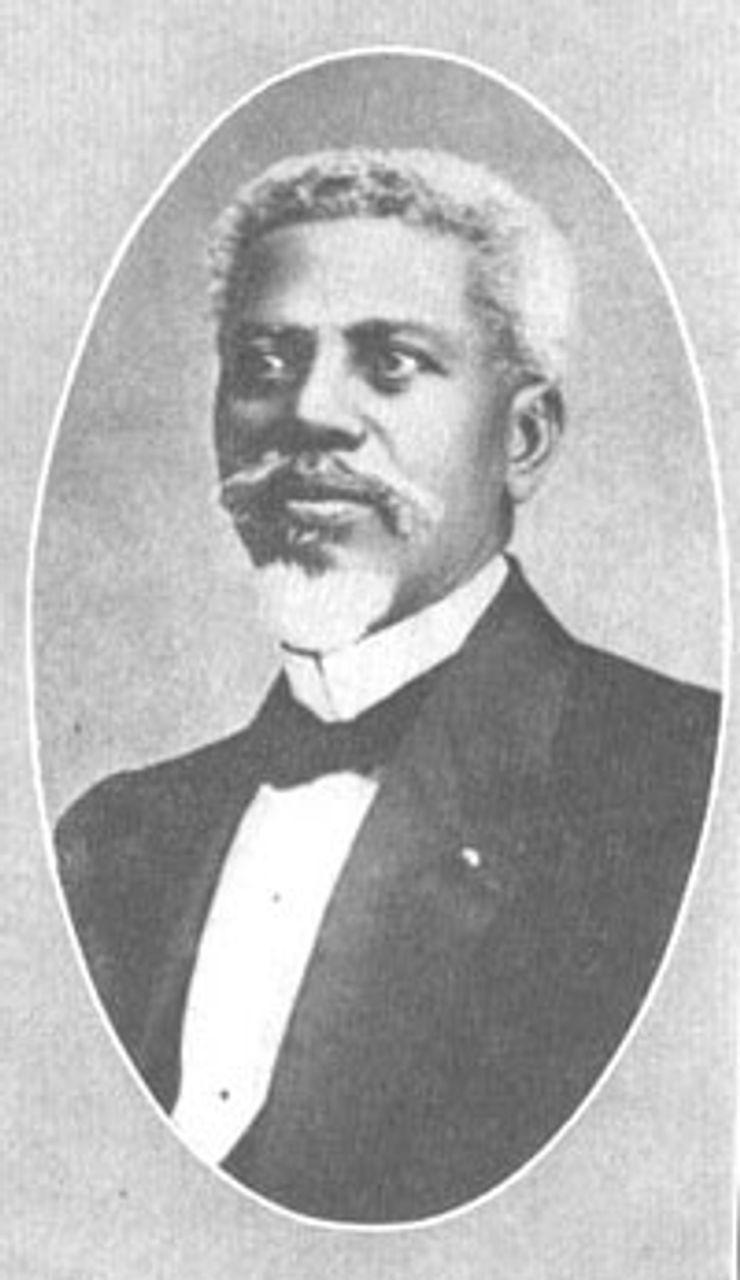This Week in History provides brief synopses of important historical events whose anniversaries fall this week.
25 Years Ago | 50 Years Ago | 75 Years Ago | 100 Years Ago
25 years ago: 42,000 on strike at US Steel
 An abandoned steel mill in Pennsylvania
An abandoned steel mill in PennsylvaniaOn August 1, 1986, 42,000 steelworkers went out on strike against wage-cutting demands by USX Corporation (US Steel). The strike affected major steel milling centers in Illinois, Indiana, Pennsylvania, Ohio, and West Virginia, as well as the Mesabi iron mines in northeastern Minnesota. It was the first national strike by steelworkers since 1959, when 500,000 workers carried on a 119-day struggle over work rule changes.
The 1986 strike was, for all intents and purposes, a lockout. Among other demands US Steel was insisting on wage cuts of nearly $3.50 an hour and 10- to 12-hour workdays. With about half of the 42,000 striking workers already temporarily laid off, US Steel was demanding changes in work rules that would have allowed it to reduce its workforce to 14,000. As J. Bruce Johnston, the corporation’s vice president, told striking workers, “There are not enough seats in the steel lifeboat for everybody.” It was insisting, in other words, on the destruction of what remained of the American steel industry, once the most powerful in the world.
The process was already far advanced. In 1978, the year before Federal Reserve Board chief Paul Volcker hiked interest rates past 20 percent, there were 700,000 steelworkers in the US. By 1984, the number had fallen to 140,000. The massive unemployment devastated cities, towns, and regions: Pittsburgh; South Chicago; Gary, Indiana; Buffalo, New York; Youngstown, Ohio; Minnesota’s Iron Range; and Northern West Virginia, among others.
The Workers League, predecessor of the Socialist Equality Party, which intervened in the strike in several states, called for an industry-wide strike of all steelworkers to fight for the nationalization of the mills and mines without compensation. This, the Workers League insisted, had to be joined with a political struggle against the Democratic Party and the two-party system.
By contrast, the policy of the United Steelworkers (USWA)—witch-hunting militant workers out of the union, blocking strikes, and appealing to the Democratic Party—had been the necessary condition for the destruction of the industry. From the early 1980s, the union had teamed up with the lesser steel concerns, one by one, to use the threat of bankruptcy as a club against the steelworkers: LTV, National, Inland, Bethlehem. This set the stage for the demands from US Steel.
The AFL-CIO executive council, meeting in Chicago in early August as the strike got under way, adjourned without offering any assistance to the steelworkers. As for the Democrats, in Chicago and Gary, liberal African-American mayors Harold Washington and Richard Hatcher—the former touted by various middle-class left organizations as “progressive”—organized police detachments to escort scabs into the mills and protect US Steel’s operations.
50 years ago: Kennedy, citing Berlin crisis, warns of nuclear war
 An idealized image of a US nuclear fallout shelter
An idealized image of a US nuclear fallout shelterOn July 25, 1961, US President John F. Kennedy delivered a televised national speech in which he warned that Soviet threats to close off the city of Berlin could result in nuclear war. Kennedy used the speech and its nuclear brinksmanship to request a major increase in military spending, his second such request in five months.
Like Germany itself, Berlin had been divided into four occupation zones by the conquering allied powers at the end of World War II. The result was that the US, the UK, and France—the three major Western powers—had significant military forces within Soviet-held East Germany. The situation had reached crisis proportion in the late 1950s, as a “brain drain” of professionals and technicians from the East used the Western-held portion of Berlin as an entry into West Germany.
Praising Congress for a recent supplemental defense build-up, passed in March, Kennedy was now asking for much more: an additional $3.25 billion in military funding for the current fiscal year, an increase in the army’s total authorized strength from 875,000 to 1 million men, and that draft calls “be doubled and tripled in the coming months.”
The aim was to create an “invulnerable capacity to deter or destroy any aggressor”—understood as potentially emerging anywhere in the world. Here Kennedy singled out not only Berlin (“an attack upon [Berlin] would be regarded as an attack upon us all”) but Vietnam, “where the borders are less guarded, the enemy harder to find, and the dangers of Communism less apparent to those who have so little.”
Finally, Kennedy turned to the prospect of nuclear war. “In the event of an attack, the lives of those families which are not hit in a nuclear blast and fire can still be saved,” Kennedy claimed. He requested funding for Congress “to identify and mark space in existing structures—public and private—that could be used for fallout shelters in case of attack; to stock those shelters with food, water, first aid kits, and other minimum essentials for survival; to increase their capacity; to improve our air-raid warning and fallout detection systems, including a new household warning system which is now under development; and to take other measures that will be effective at an early date to save millions of lives if needed.”
75 years ago: French Popular Front refuses aid to Spain
 Leon Blum
Leon BlumOn July 25, 1936, the French Popular Front government headed by the leader of the Socialist party, Leon Blum, reneged on its initial offer to provide military aid to the Spanish Republic, which was under assault by the fascist military insurrection of General Francisco Franco. In the first days after Franco’s July 17 revolt, Blum had agreed to sell arms to the Republican government. But he backtracked when these plans, after being leaked to the press, were met by bitter right-wing opposition in France.
Blum’s cabinet calculated that a mobilization of the far right would provoke a powerful response from the French working class, which had only recently been eased back from a massive strike wave. Blum was opposed to the working class seizing power, whether in France or on the Iberian Peninsula, and had been made particularly anxious by the workers’ seizure of Madrid and Barcelona. The possibility of revolutionary socialism in Spain and in France haunted Blum more than France being sandwiched between fascist states on both her southern and eastern flanks.
In contrast, the fascist governments of Hitler in Germany and Mussolini in Italy showed no restraint in their support for Franco. The same week that Blum turned his back on Spain, Germany and Italy both agreed to provide the Spanish fascists with the military and logistical means to wage war. By July 28, 1936, German and Italian planes were ferrying the Spanish nationalist Army of Africa, commanded by General Franco, from Morocco to Seville in Spain’s south.
In the same week, on the 27th, General Franco gave a now infamous interview with the American journalist Jay Allen. Responding to Allen’s remarks on the strength of the resistance to nationalist forces, the “Butcher of Asturias” echoed Hitler in Mein Kampf when he spoke of exterminating Marxism, and said, “I will save Spain from Marxism whatever the cost”. When Allen asked, “And if that means shooting half of Spain?” Franco replied, “As I said, whatever the cost”.
100 years ago: Revolt in Haiti
 Cincinnatus Leconte
Cincinnatus LeconteA revolt in Haiti this week in 1911 gained ground in all regions of the country. The forces of insurgent general Cincinnatus Leconte had surrounded the capital by July 28. On August 3, President Antoine Simon fled the country for France.
Leconte ruled for three years, awarding himself an annual salary of $24,000, before he was killed in an explosion in the presidential palace. Between 1911 and 1915, six presidents either fled Haiti or were killed. The factions among the island’s tiny ruling elite enlisted the support of cacos, desperately poor or displaced farmers. Behind this brutal poverty was Haiti’s subordination to the interests of international and US capitalism. The factions among the ruling elite were in fact engaging in a struggle over who would garner the wealth by serving as the enforcers of this set-up.
The revolt provided another occasion for Great Power gunboat diplomacy. On July 27, 1911, the US dispatched the Navy Cruiser the Des Moines to Haitian waters, ostensibly to protect foreign civilians. Claiming the same motive, on July 28 it was announced that Germany and the United Kingdom would send the cruisers Bremen and Melpomene, respectively.
The administrations of US presidents William Taft (1905-1913) and Woodrow Wilson (1913-1920) feared that the unsettled situation in Haiti could be manipulated by Germany to its advantage. The fear was linked to the outsized influence that Haiti’s tiny German immigrant population wielded over commerce, utilities and transportation facilities on the island. This set the stage for the US invasion and occupation of 1915, in the midst of World War I, which was to continue until 1930.
